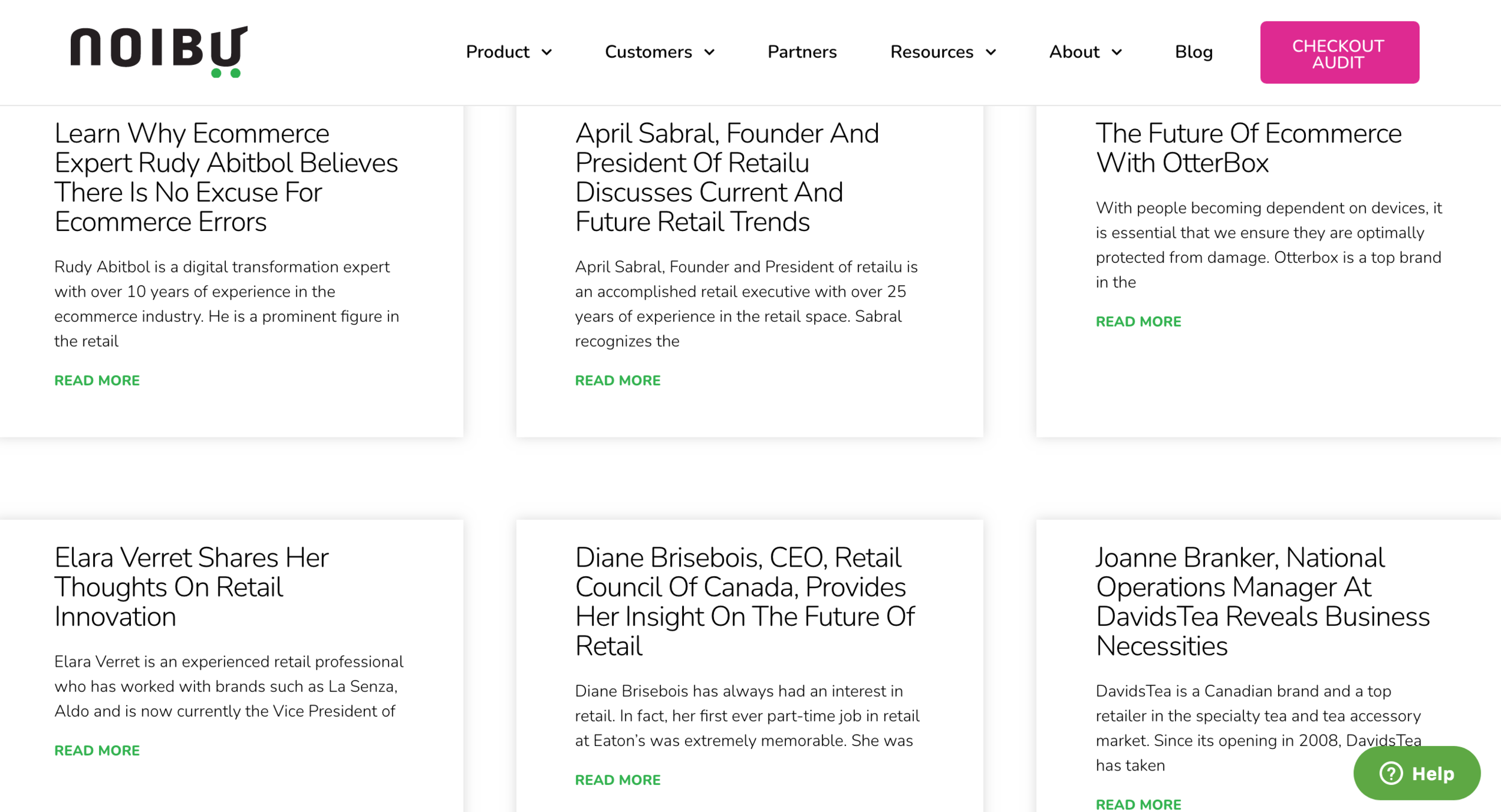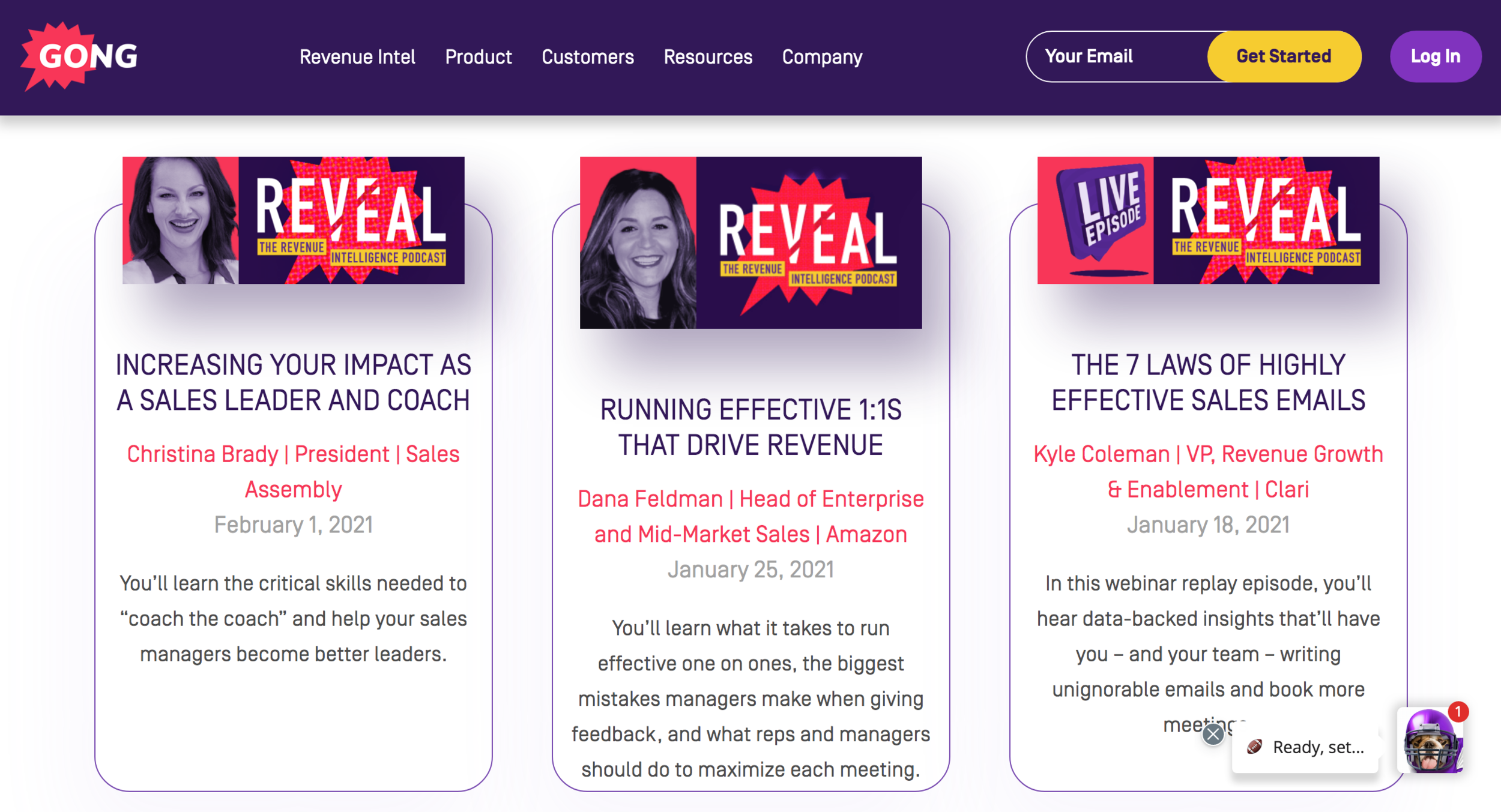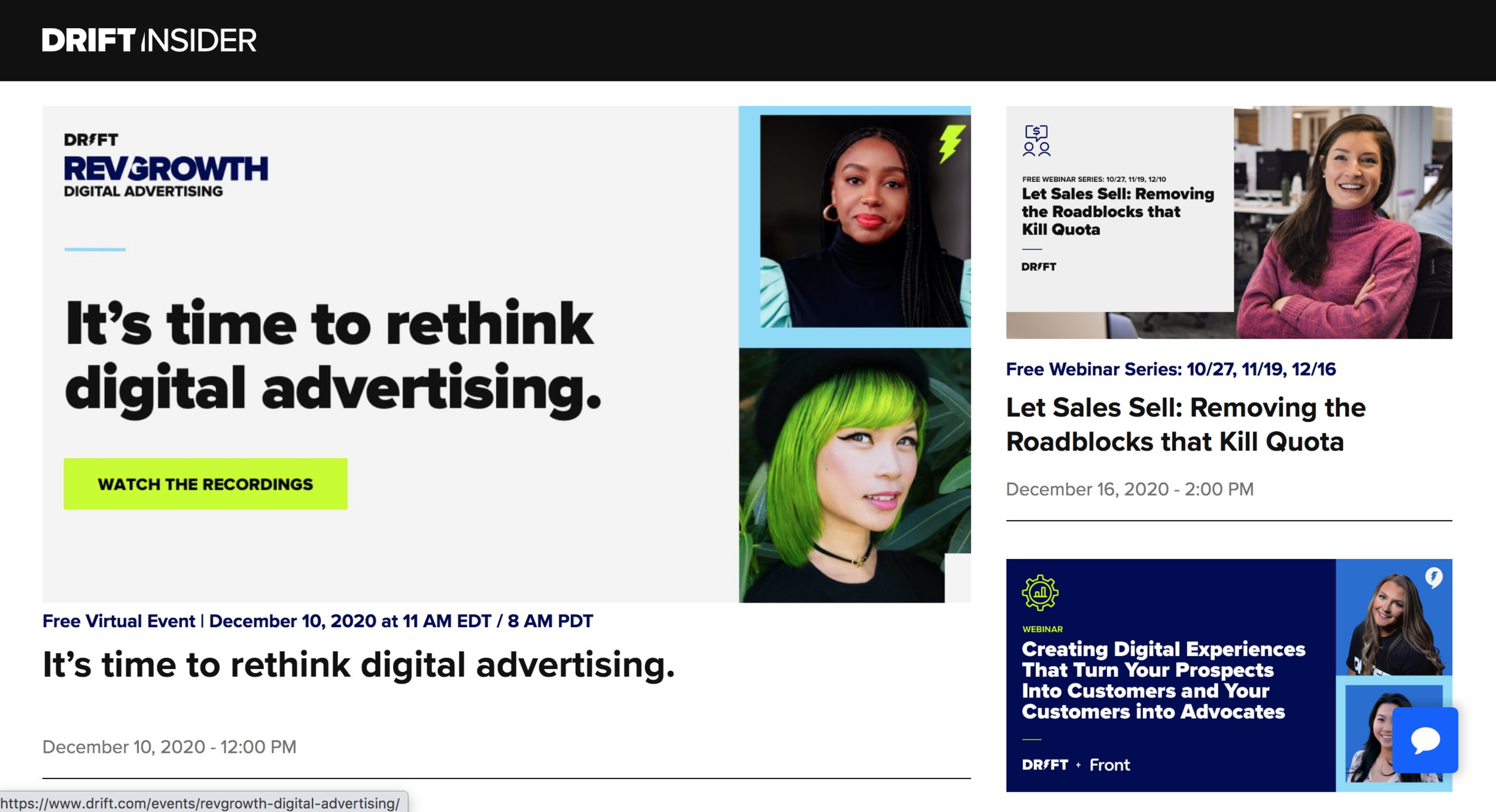Build Brand Credibility with the “Halo Effect”
Today, I'm going to teach you about one of my favourite brand elevation strategies that I've used in many, many different companies across a bunch of different industries: The Halo Effect.
If you're looking to bring more credibility to your brand, gain access to top tier potential clients or customers, and benefit from a strong network effect, even if you have a small team or a small budget, keep reading.
Before we dive into how to leverage this strategy in your own business, let's first unpack with the "halo effect" is.
What is The Halo Effect?
In 1920, Edward Thorndike, an American psychologist studying the psychology of learning, wrote an article called "A Constant Error in Psychological Ratings" where the term "halo effect" was born.
Thorndike was the first to say that the halo effect was a specific cognitive bias in which one aspect of a person, brand, product, or institution affects one’s thoughts or judgment of the entity’s other aspects or dimensions.
While Thorndike originally coined the term referring only to people; its use has been greatly expanded especially in the area of brand marketing.
This is where it gets interesting.
In an article written by ISFA, the author shared that "Business owners and marketers can create leverage, awareness and the Halo Effect by associating their businesses with other successful brands. This association is intended to elicit positive, endearing, impactful thoughts and emotions of high quality, performance, and reputation."
Now, your creative brain might instantly jump to strategies like influencer marketing, co-branding, partnerships, etc., and you wouldn't be wrong.
Unfortunately, many brands can't pull off the budget required for large-scale influencer campaigns nor do they have a dedicated partnerships team. For these companies, the "halo effect" can seem a little out of reach.
The good news is that the "halo effect" can be used by any brand or company of any size regardless of your team size or budget.
How to Use the Halo Effect in Your Brand Marketing
Whenever I've worked in startups, I've always looked for ways to elevate the brand, build awareness, and establish credibility with prospects and customers by leveraging the halo effect.
An easy way to do that is to create opportunities for influencers, well-known industry professionals, or larger brands to engage with your company.
The Halo Effect & Blog Interviews
The simplest way to do this is through your blog. If you know who your target audience is, think about the brands or companies that would be amazing to have as customers. Then, go and interview them for your blog.
For example, Noibu, an Ottawa-based startup that helps its e-commerce customers detect and resolve shopping cart errors, interviews C-suite executives from brands that are right within their wheelhouse - Harry Rosen, Davids Tea, and Destination Maternity - to name a few.
If any of those companies are not yet a customer of Noibu's, this is a great opportunity to get on their radar in a way that isn't sales-oriented. Noibu would also benefit greatly if any one of those interviewee's share the article with their network as the people that follow a C-suite exec at Harry Rosen, for example, are likely also within Noibu's target audience.
The other benefit is that you now have an indexed article that has your brand name paired with the brand name of the bigger company, which lends credibility to your brand for anyone who might be hearing about you for the first time.
The Halo Effect & Podcast Interviews
Another opportunity to leverage the halo effect is through a podcast.
Gong, a sales and revenue intelligence platform, has a podcast called Reveal where they interview sales innovators that rely on data to win their market. Similar to the blog interviews, hosting your own podcast and inviting key guests on the show can do a lot to elevate your brand awareness and boost credibility but also get on the radar of the guests you're having on the show.
With podcasts specifically, they usually have to go through internal approval processes at the larger brands, which means your company name and the purpose of the interview are now floating around internally at the company you've invited on the show.
If you look at Gong's podcast lineup, they've had execs on the show from Amazon, IBM, MongoDB, Privy, and more. A high percentage of those execs shared their episode out on their own social profiles, which boosts the network effect of a single piece of content. Huge, huge value here.
The Halo Effect & Events
The third example I'll leave you with today is events.
You can do this with in-person or virtual events and the premise is the same as the blog and podcast interviews. Host events, invite speakers from big brands that your target audience loves, and not only will you have a more successful event that is highly attended, but the audience will also be filled with the right people who will now learn about your company, too.
Drift is fantastic at this and leverages virtual events often to connect with its audience and attach its brand to well-known companies and influencers. From the outside looking in, Drift has done a great job at co-branding its events with other companies, which creates a ton of leverage for both parties and a lot of value for their audiences.
Hopefully, you're beginning to see how you can take advantage of the network effect and the halo effect in your business, even if you don't have a ton of budget to spare.
If you have questions about anything I've covered today, let me know in the comments below!


